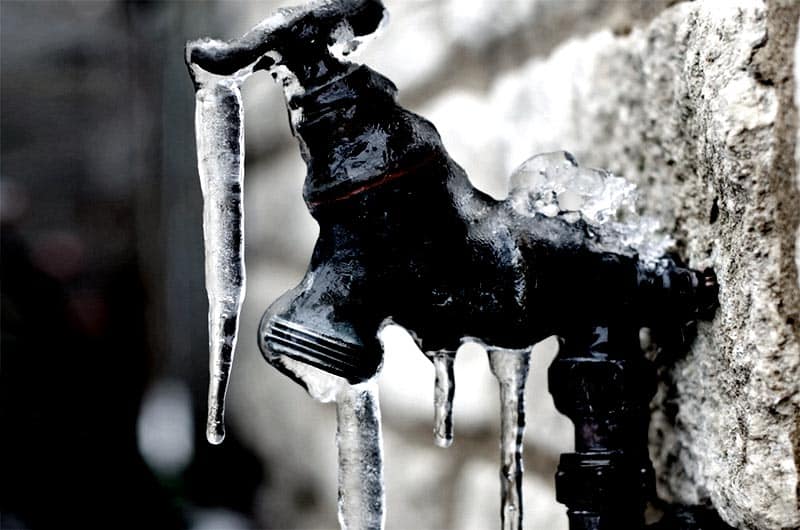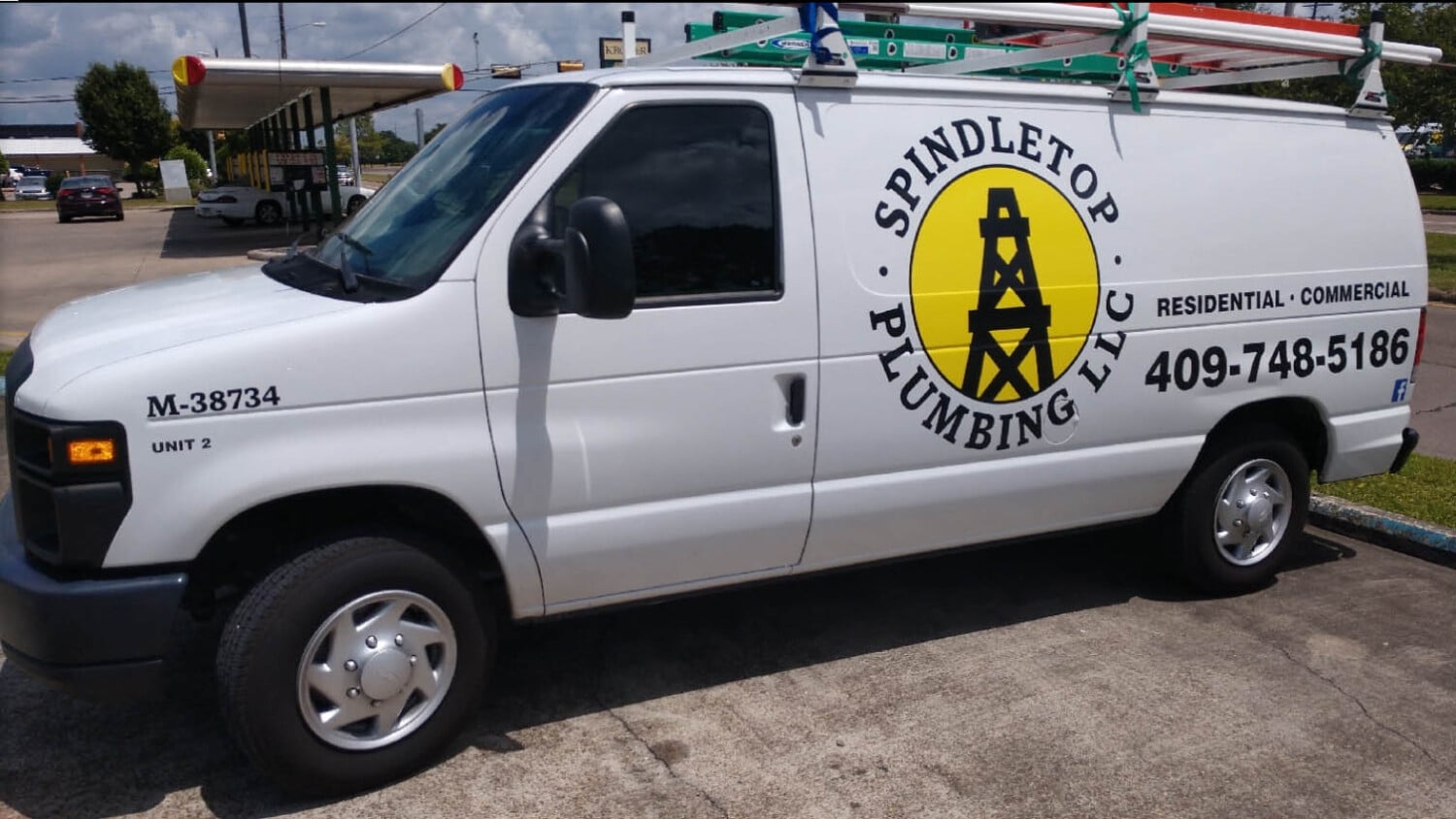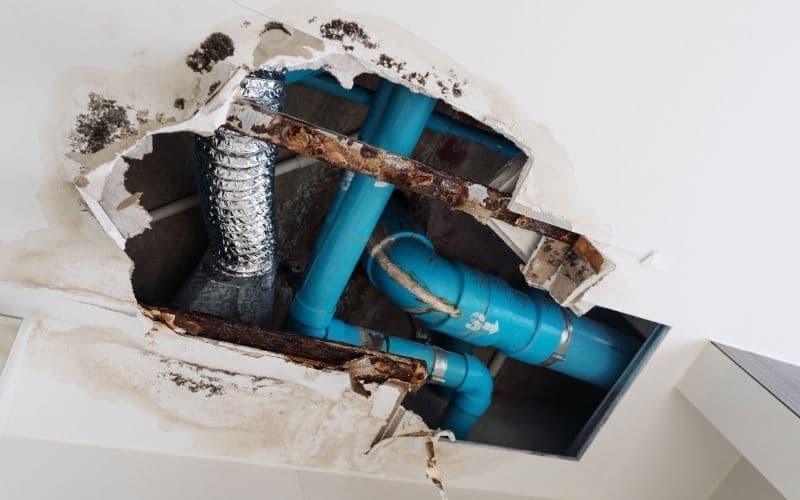Texas is starting to experience winter weather and it is important that home and business owners take the appropriate measures to protect their space from these severe weather conditions. State Farm shares the following tips to protect your pipes from freezing this cold season:
Ideas on how to prevent pipes from freezing
Frozen pipes could be a big problem and can be prevented.
In addition to conducting regular winter home maintenance, protecting pipes from freezing is important. Even a tiny crack in a pipe can spew hundreds of gallons of water causing flooding, damage to your furnace and serious structural damage. It also presents an immediate potential for mold.
Frozen water pipes are a problem in both cold and warmer climates, affecting families each winter. It can occur in homes with both plastic and copper pipes. By taking the preventative measures below, you may help reduce the risk of frozen water pipes and the resulting property damage.
Tips to help prevent pipes from freezing
The three central causes of frozen pipes are quick drops in temperature, poor insulation and thermostats set too low. You can prepare your home during the warmer months.
- Insulate pipes. Pipe insulation in your home’s crawl spaces and attic helps even if you live in a climate where freezing is uncommon. Exposed pipes are most susceptible to freezing. Remember, the more insulation you use, the better protected your pipes will be.
- Use heat tape or heat cables. Heat tape or thermostatically controlled heat cables can be used to wrap pipes. Be sure to use products approved by an independent testing organization, such as Underwriters Laboratories Inc., and only for the use intended (exterior or interior). Closely follow all manufacturer’s installation and operation instructions.
- Seal leaks. Locate and thoroughly seal leaks that allow cold air inside. Look for air leaks around electrical wiring, dryer vents and pipes, and use caulk or insulation to keep the cold out.
- Secure outdoor hoses, valves and faucets. Before winter hits, disconnect garden hoses and, if possible, use an indoor valve to shut off and drain water from pipes leading to outside faucets. This reduces the chance of freezing in the short span of pipe just inside the house.
- Let water drip. A trickle of hot and cold water might be all it takes to keep your pipes from freezing. Let warm water drip overnight when temperatures are cold, preferably from a faucet on an outside wall.
- Adjust the thermostat. Keeping your thermostat set at the same temperature during both day and night also reduces the risk of frozen pipes. During extreme cold, this also helps reduce the strain on the furnace.
- Open cabinet doors. This allows heat to get to un-insulated pipes under sinks and appliances near exterior walls.
Ways to help avoid frozen pipes while on vacation
Always be sure to winterize your home thoroughly. Before you leave, take measures to protect your home so you can enjoy the time away, rather than worry about pipes and security. A few things to remember include:
- Check the thermostat. Set the thermostat in your house no lower than 55 degrees Fahrenheit (12 degrees Celsius). Also be sure to replace the battery in your thermostat.
- Ask for help. Ask a friend or neighbor to check your house daily to make sure it’s warm enough to prevent freezing.
- Shut off the water. Shut off and drain the water system. Be aware that if you have a fire protection sprinkler system in your house, it may be deactivated when you shut off the water.
What to do if pipes freeze
Pipes do not always burst when frozen. There are a few things to keep in mind:
- Call a plumber if needed. If you turn on your faucets and nothing comes out, leave the faucets turned on and call a plumber.
- Avoid use of appliances near water. Do not use electrical appliances in areas of standing water. You could be electrocuted.
- Avoid applying flames to thaw pipes. Never try to thaw a pipe with a torch or other open flame because it could cause a fire hazard. Water damage is preferable to burning down your house!
- Use a hair dryer as a possible heat source (with caution). You may be able to thaw a frozen pipe using a hair dryer — again, make sure you are not in standing water. Start by warming the pipe as close to the faucet as possible, working toward the coldest section of pipe.
- Shut off the water supply. If your water pipes have already burst, turn off the water at the main shutoff valve in the house. Make sure everyone in your family knows where the water shutoff valve is and how to open and close it. Be sure to leave the water faucets turned on.
Frozen pipes can be prevented by taking the right steps. Discover ways to reduce your energy use during cold winter months.
Affordable Plumbing Repair in Southeast, Texas
At Spindletop Plumbing LLC, nothing means more to us than the happiness and satisfaction of our customers. We are a state-licensed and insured, locally owned, service and repair plumbing company located in Nederland, Texas. Our skilled and experienced staff offers a wide range of reliable plumbing services to both residential and commercial spaces.
We proudly serve the many communities of Southeast Texas, including Beaumont, Bridge City, Groves, Lumberton, Mauriceville, Orange, Port Arthur, Port Neches, Silsbee, and Vidor. From small repairs to major reconstructions, our team is here to find the best plumbing solutions for your space. Contact us today to learn more about the services we offer and how we can increase the functionality of your space.
Spindletop Plumbing
409-748-5186
https://www.facebook.com/spindletopfixit/
Google Business Listing



